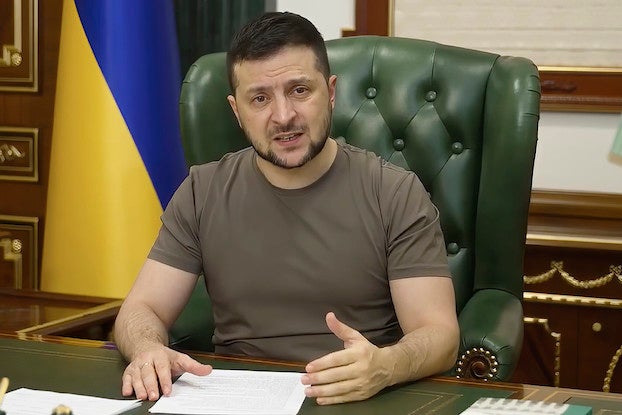BC-LA–Louisiana Spotlight-Analysis, 1st Ld-Writethru
Published 5:00 am Monday, June 8, 2020
By By MELINDA DESLATTE
Associated Press
BATON ROUGE — Louisiana reached a coronavirus testing benchmark in the latest full month of test administration and has made a sizable dent in its virus tracking goals, as Gov. John Bel Edwards’ administration relaxed restrictions on businesses and churches.
Infectious disease specialists and state leaders will be waiting to see if Louisiana’s efforts are enough to control the highly-contagious coronavirus as people spend more time out of their homes and interacting with others in a state that was once one of the nation’s virus hot spots.
And a chief determinant of Louisiana’s ability to contain the outbreak can’t be controlled by Edwards’ plans, virus testing and tracking because it involves personal decision-making.
As businesses such as bars and spas reopened Friday and regulations eased for restaurants and retailers that already had been operating, Edwards praised Louisiana residents for taking steps to mitigate the spread of the virus.
He also cautioned: “I do hope everyone will follow all the necessary restrictions and precautions to make sure that this step is successful.”
The Democratic governor, in consultation with his health advisers, set a goal of testing 200,000 people in Louisiana each month for the COVID-19 disease caused by the virus. State officials also want 10 percent or less of those test results to show someone is positive for COVID-19.
Louisiana has reached those targets. It topped 206,000 tests in the month of May, according to health department data, and just under 10 percent of all tests done statewide since late February have come back positive. Edwards said about 5 percent of tests in recent days were positive.
The health department contracted with 11 test providers, including commercial labs, Tulane and LSU health facilities, hospitals and clinics. It’s also added specific focus on group settings such as nursing homes and prisons and on minority and rural communities that have seen less access.
Meanwhile, the state initially estimated it would need about 700 contact tracers to pinpoint who has come into close contact with someone infected with COVID-19 so they can be urged to stay away from others. Edwards later walked back that number slightly, but the state still is nearing the benchmark.
The administration has entered into $18 million in federally financed contracts with call centers to spearhead the work, and Dr. Alex Billioux, leader of Louisiana’s public health office, said more than 600 contact tracers have been hired.
Many have completed their training and are on the job, calling those who test positive for the coronavirus and asking them to voluntarily identify people they recently came into close contact with. Those people are then called and recommended to isolate for 14 days.
Billioux acknowledges, however, the contact tracers are having some difficulty getting people to answer their phones.
For most people, the coronavirus causes mild or moderate symptoms, such as fever and cough that clear up within weeks. But for some, especially older adults and those with existing health problems, it can cause more severe illness and be life-threatening.
In Louisiana, more than 2,800 people have died from COVID-19.
Even with the increased testing and tracking procedures, Louisiana — like other states — has a third, more uncontrollable variable that will dictate much about whether virus cases again surge.
Each day, the state’s 4.6 million residents are choosing whether to follow the U.S. Centers for Disease Control and Prevention guidelines. They’re making individual decisions about whether to wear masks, how frequently to wash hands and whether to avoid large crowds.
If Louisiana’s lawmakers are representative of residents in their districts, that could highlight potential problems. Many lawmakers, including some who wore face coverings weeks ago, don’t wear masks in close proximity to others.
Lawmakers often lean in to speak with each other, touch each other’s desks and generally disregard the idea of social distancing. In the House, many lawmakers have removed the plexiglas partitions installed to separate their desks.
Edwards is appealing to people to cover their faces when near others, to stay apart from those outside their households and to recognize the virus hasn’t gone anywhere.
“There is still risk involved. There is no way for me to stand up here and say that if everything operates just as we prescribe it, that renders it completely safe,” he said. “Everybody needs to take personal responsibility.”
l
Melinda Deslatte has covered Louisiana politics for The Associated Press since 2000. Follow her at http://twitter.com/melindadeslatte



